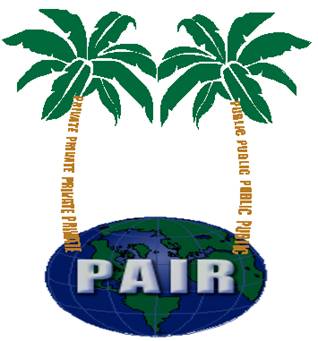How is a patent infringed?
There are several ways
that someone can violate another person’s patent rights, infringing that patent. However,
infringement cannot occur until the PTO has actually granted a patent on an inventor’s application. So while the patent
application is still being prosecuted,
a patent is only “pending” and the inventor does not have any rights yet.
Once a patent is
granted, however, it can be infringed. The most common way a patent is
infringed is by direct infringement, which is where someone makes, uses or
sells the patented invention in the United States. For example, if you
have a patent for a Doohickey, and I start selling Doohickeys without your
permission, I am directly infringing your patent. It should be noted,
however, that direct infringement does not include resale or repair, so if I
legally own a Doohickey, I can repair it or resell it without violating your
patent.
A patent can also be
infringed indirectly, through two types of infringement - contributory
infringement and induced infringement. These are essentially, where one party
is involved with something that leads to direct infringement by someone
else. What is the difference between contributory infringement and induced
infringement.
There are two other
types of infringement disputes that arise where people are trying to avoid a
patent’s implications by going outside of the United States. In the first
scenario, someone imports a product which was made abroad by a process which is
patented within the United State. For example, if you own the patent on
how to put a widget together, but you do not own a patent for the actual
widget, I might try to get around your patent by having the widgets put
together in China and then imported into the country. Even though I did
not violate your patented process, because I did not use that process in the
United States, I am still an infringer.
In the second
scenario, someone makes or sells parts used to make a patented invention to
someone who plans to put them together outside of the United States. So if
your Doohickey is made up of five parts, I might try to make those five parts
and sell them to someone in China to have them put the parts together, in an
attempt to avoid infringing your patent. Event though the Doohickey is not
actually being made by me in the United States, I am still an infringer in this
situation.
.



















 Posted in:
Posted in: 





















